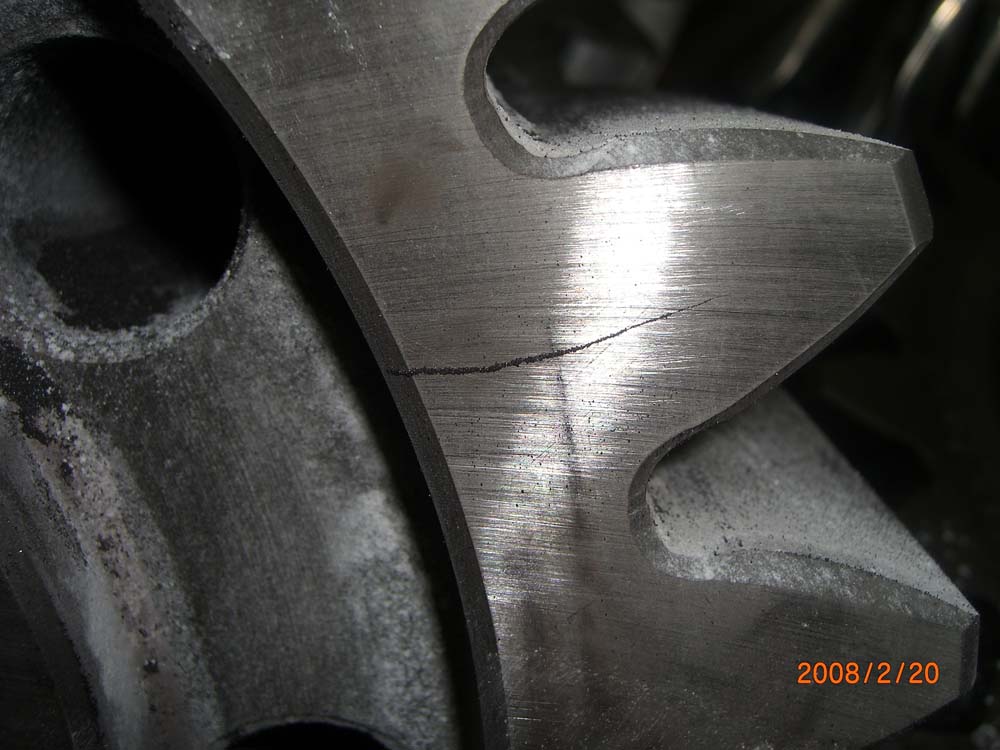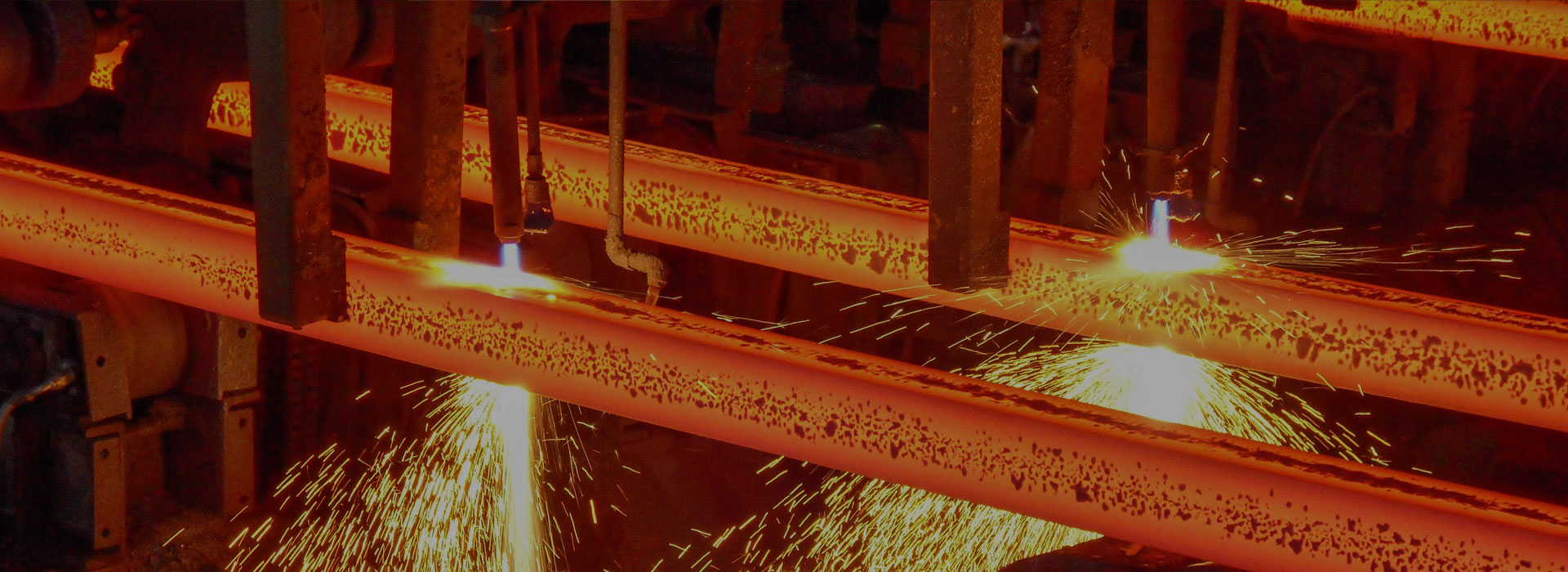Cracking of Grey Iron Casting
2023-09-04
Grey iron casting is a widely used method in the manufacturing industry due to its excellent properties such as high strength, good wear resistance, and low cost. However, one common issue that arises during the casting process is cracking. In this article, we will explore the causes of cracking in grey iron casting and discuss possible solutions.
Cracking in grey iron casting can occur at various stages of the manufacturing process. One of the primary causes is improper cooling. When the casting cools too quickly, thermal stresses build up, leading to cracks. This can happen if the cooling rate is too high or if there is a significant temperature difference between the core and the surface of the casting. To prevent this, it is crucial to control the cooling rate and ensure uniform cooling throughout the casting.
Another factor that contributes to cracking is the presence of impurities in the iron. Impurities such as sulfur and phosphorus can weaken the structure of the casting, making it more susceptible to cracking. Therefore, it is essential to use high-quality iron with low impurity content to minimize the risk of cracking.
Inadequate design and improper gating system can also lead to cracking. If the design does not allow for proper feeding and risering, hot spots can form, causing thermal gradients and subsequent cracking. It is crucial to ensure that the design allows for smooth and uniform flow of molten metal during the casting process.
Furthermore, improper handling and transportation of the castings can result in cracking. Careless handling, dropping, or subjecting the castings to excessive mechanical stress can cause fractures. It is important to handle the castings with care and use appropriate lifting and transportation equipment to prevent damage.
To mitigate the risk of cracking in grey iron casting, several measures can be taken. Firstly, the casting process should be carefully monitored to ensure proper cooling and avoid rapid temperature changes. Secondly, high-quality iron with low impurity content should be used. Thirdly, the design should be optimized to allow for proper feeding and risering. Lastly, proper handling and transportation procedures should be followed to prevent mechanical stress on the castings.
In conclusion, cracking in grey iron casting is a common issue that can be caused by improper cooling, impurities in the iron, inadequate design, and improper handling. By understanding the causes and implementing appropriate measures, manufacturers can minimize the risk of cracking and ensure the production of high-quality grey iron castings.




